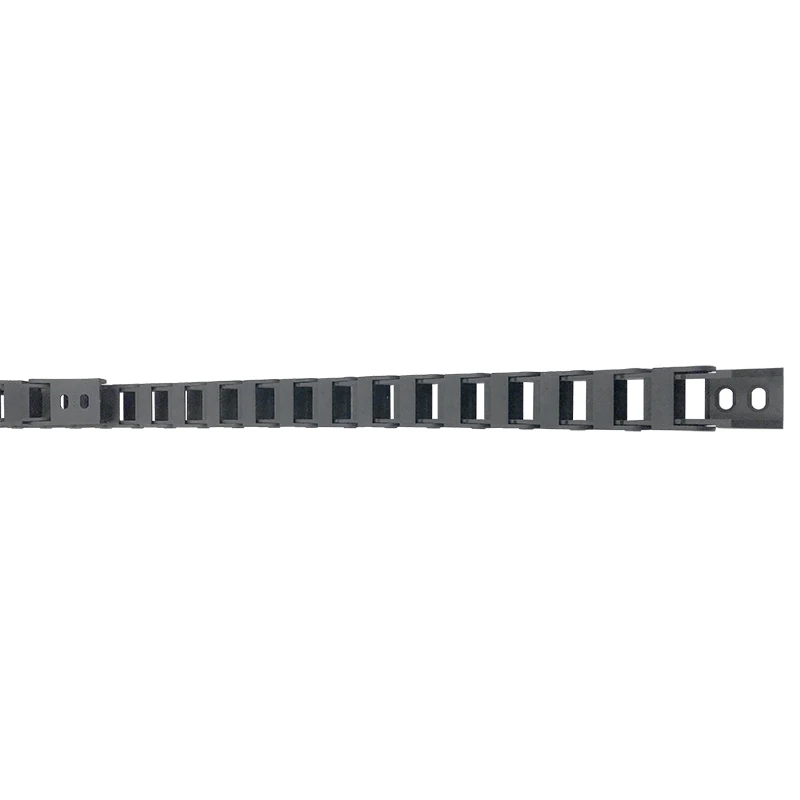chip conveyor types
Understanding Chip Conveyor Types in Manufacturing
In the realm of manufacturing, especially in machining, the effective management of metal chips generated during cutting processes is crucial. Chip conveyors play an essential role in the efficient handling and disposal of these metal shavings, recycling materials, and maintaining a clean working environment. Various types of chip conveyors are available, each designed to cater to specific manufacturing needs and environments.
1. Belt Chip Conveyors
Belt chip conveyors are among the most common types utilized in manufacturing settings. They consist of a continuous belt that moves chips away from the machining area. These conveyors are versatile and can handle a wide array of materials, including large and irregularly shaped chips. They are often used in environments where the volume of chips is moderate. Belt conveyor systems are typically easy to install, maintain, and can be customized to fit specific layouts.
Auger chip conveyors, also known as spiral conveyors, use a rotating helical screw element to move chips along a cylindrical tube. This type is particularly effective for smaller metal chips and features a compact design that makes it ideal for facilities with limited space. Augers are also excellent at transporting materials uphill and can help reduce the weight of chips due to their ability to tightly pack them during transport. However, they may not be as effective with larger chips or those that are sticky and clumpy.
3. Magnetic Chip Conveyors
chip conveyor types

Magnetic chip conveyors are designed specifically for machining operations that generate ferrous (iron or steel) chips. These systems use magnets to lift and transport the chips away from the machine. This method not only facilitates easy removal but also aids in the separation of chips from coolant fluids. Magnetic chip conveyors are particularly advantageous in environments where the chips need to be sorted for recycling purposes. They are efficient and can significantly reduce labor costs related to manual chip removal.
4. Wire Mesh Chip Conveyors
Wire mesh chip conveyors employ a mesh belt to transport chips. This type allows for easy washing and cleaning, making it particularly beneficial for operations using coolants. The open-air design prevents chips from becoming trapped, ensuring a continuous flow away from the machining process. Wire mesh conveyors are often used in industries where cleanliness is paramount, such as in high-precision machining environments.
5. Paddle Chip Conveyors
Paddle chip conveyors use a series of paddles or scoops attached to a moving belt or chain to convey chips. This type is suitable for transporting large, heavy chips and can handle a high volume of waste materials. Paddle systems are robust and designed to endure the wear and tear associated with heavy chip loads, making them ideal for heavy machining operations.
In conclusion, selecting the right type of chip conveyor is essential for maximizing production efficiency and maintaining a clean workspace. Understanding the specific requirements of your manufacturing process, including the type and volume of chips produced, is crucial in making the right choice. Whether opting for belt, auger, magnetic, wire mesh, or paddle chip conveyors, each type offers unique advantages that can enhance productivity and support effective waste management in machining environments. By investing in the appropriate chip conveyor systems, manufacturers can streamline operations and improve their overall efficiency.








